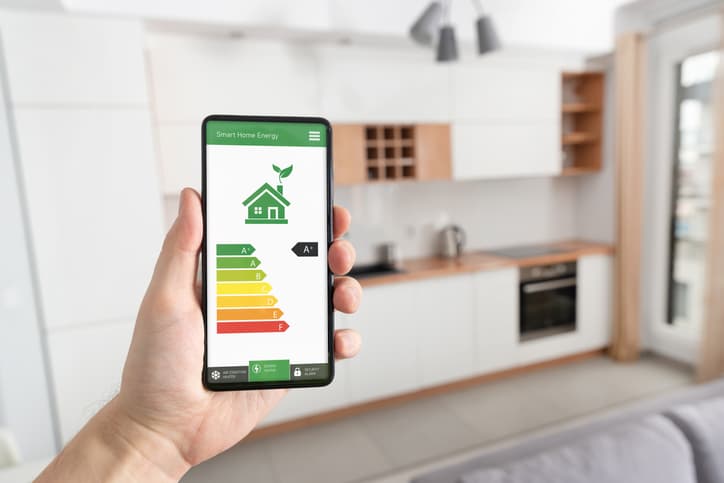How To Get A Building Energy Rating (BER)
Find A BER Assesor

Building energy ratings (BER) are essential for people looking to sell or rent their home or commercial property. The rating is garnered from a survey that looks into a number of factors to provide your property with an energy-efficiency rating from A (very energy efficient) to G (not very efficient).
So, if you’re thinking about selling or renting out a property, how exactly do you go about getting a BER survey and how is the rating calculated? Read on to find out more.
Who does a BER?
A BER assessment must be carried out by a BER assessor who is registered with the Sustainable Energy Authority of Ireland (SEAI). This is important, and you should check for ID before allowing them to complete the assessment. The assessor will have been professionally trained so that they can do a survey of your home and produce an accurate report that shows how efficient it is. They will look at a range of factors, such as insulation and your appliances, to get a rating. We cover how the rating is calculated in more depth a little further down this article.
How do I get a BER?
When you’re trying to organise a BER, you may be wondering where to start and who to contact. The best place to look is the National Register of BER Assessors that can be found on the SEAI website. The register contains the details of all assessors who can carry out the survey, as well as the county or postcode that they work in. If you’re looking for a specific assessor, you can enter their name or the company name. If you’re looking for someone to carry out the BER but you don’t have any specific details, you can simply enter the county you live in and press ‘Search’. You’ll be presented with a list of assessors, including their name, address, email and phone number, so it’s easy to get in touch with one of them. Everyone on that list will have adequate qualifications and have been checked by SEAI, so you don’t have to worry about picking someone who’s unsuitable for the task.
Once you’ve contacted your chosen person or company, you can arrange a time and date that’s suitable for you. They will need access to the property, so you should ensure that someone’s there to let them in.
It may be the case that your home already has a valid BER. These last for ten years as long as the property hasn’t had any significant renovations done since the last survey. To see if your BER is still valid or if your home has one, you can check the SEAI BER Register using your MPRN (the number on your most recent gas bill) or your BER number if you have it. The register will tell you the outcome of the survey, including the BER, how much CO2 the home produces each year and when the certificate runs out.
How long does a BER assessment take?
The length of time it takes to complete the assessment will depend on the size of your home. The surveyor will likely want to have a look in every room so that they can count things such as radiators. It takes around an hour for a BER assessment of an average-sized three-bedroom home. Larger homes will naturally take longer.
It also depends on how much preparation work you’ve done for the assessment. Before the assessor turns up, it may be a good idea to dig out some documents and information that may be required, such as any plans of the home, proof of the year it was built, details of any renovations or work completed, the make, model and age of the boiler and the results of any air tightness tests if these have previously been carried out. All of these things will be needed at some point, and it could save time later on if you’ve prepared them in advance.
How a BER is carried out and calculated
The BER assessor will go round each room of your home, checking certain details such as what materials your home is made from, how much insulation the property has, the type of central heating system, how your hot water is stored, ventilation, lighting, the number of radiators and the quality of your windows and doors. All of these things can affect the efficiency of your home, and the assessor can use it to provide a rating or suggest improvements that can be made to make your home more eco-friendly.
Once the assessor has gathered all of the information they need, it can be inputted into a calculator called the Dwelling Energy Assessment Procedure (DEAP). The software calculates how much carbon dioxide your home produces, thereby providing a rating that reflects the efficiency of your home.
The higher your rating, the more money you could save on your energy bills too. According to SEAI, a home that is 200 square metres could have an annual energy bill of €800 per year with an A rating and €3,800 per year with a D rating, a difference of €3,000. It’s worth noting that should an incident occur at home that requires a full rebuild, some insurers will require that the house is rebuilt to an ‘A3’ rating standard, so do keep this in mind.
If you wish to make some changes to your home to improve the BER, you could consider insulating the hot water tank, increasing the loft insulation, replacing your boiler with a newer, more efficient model and replacing single-glazed windows with double or triple glazing.
